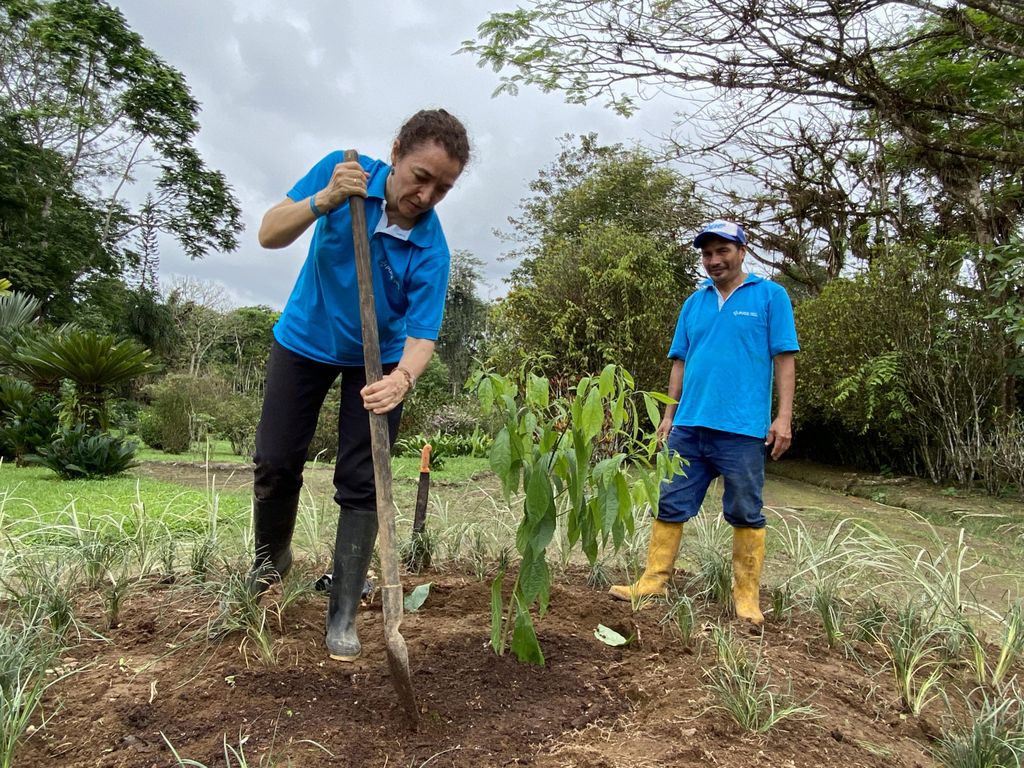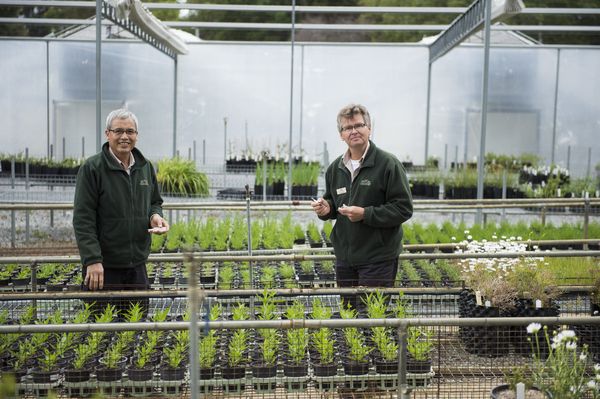Proyecto Sembrando Juntos (Planting Together)

-
Status of project
Ongoing -
Region
Latin America and the Caribbean -
Country
Ecuador -
Programme
Ecological Restoration Alliance of Botanic Gardens -
Workstream
Saving Plants -
Topic
Ecological Restoration
Overview
The Padre Julio Marrero Botanic Garden (hereinafter JBPJM), as a part of the Pontifical Catholic University of Ecuador, Santo Domingo campus, is co-responsible for the planting of almost 70,000 trees by March 2024.
The “Sembrando Juntos” (Planting Together) project plans to plant one million trees in Ecuador. It is a Pontifical Catholic University of Ecuador project, in collaboration with local governments and civil society actors, which aims to raise awareness in Ecuadorian society about caring for our common home.
Context
The JBPJM is located in Santo Domingo, in the coastal region of Ecuador, near the western slopes of the Andes. The primary vegetation of this area are the rainforests of the Chocó bioregion, which is part of one of the biodiversity hotspots. However, the ecosystems in this area are highly threatened. Most of the forests has been eliminated, leading to pastures for cattle, and crops such as cocoa, African palm or banana. In addition, this is an insufficiently researched area, so it is not known precisely what ecosystem processes are taking place. There is also a lack of information on the actual conservation status of the different species. It is necessary to make society aware of the importance of conserving the remaining forests, fostering a culture of environmental responsibility.
Project Goal
To achieve the objective established for the JBPJM within the “Sembrando Juntos” project, the target of planting at least 35,000 trees in 2022 and a similar amount in 2023 has been set. We have the support of the Government of the Province of Santo Domingo de los Tsáchilas, with which it is intended to extend the invitation to participate in the project to the entire local society, from individuals to companies. Together with the Provincial Government, we will locate the areas in which the reforestation will be carried out, and the most suitable species will be identified. It is planned to monitor the survival of the planted trees, as well as the evolution of the first stages of succession. Together with additional information, such as the conservation status of the locations chosen for restoration or average temperature and rainfall, we will reinforce our knowledge of the best ecological restoration strategies for local ecosystems.
Contact details
For more information on this project, please contact Santiago Bravo (jbotanico@pucesd.edu.ec and spbravos@pucesd.edu.ec).
